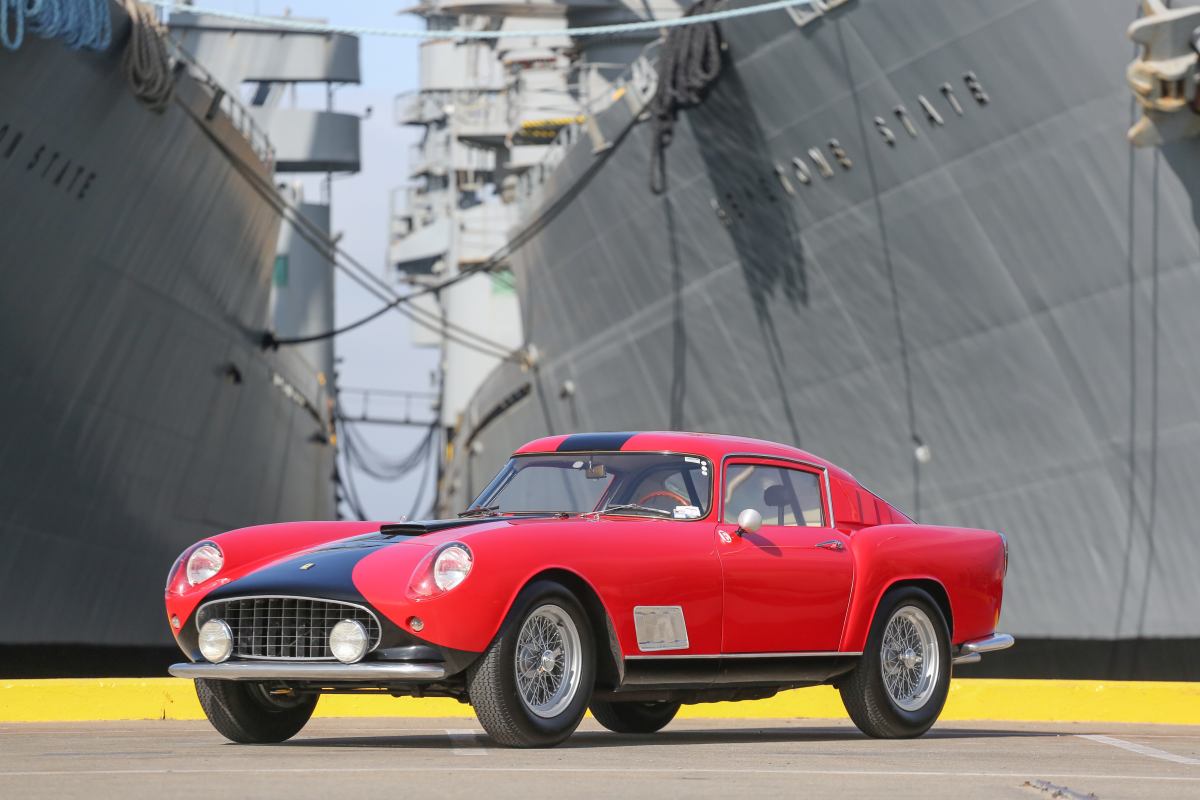The Ferrari 250 GT is known for their formidable engineering, beautiful design, and exceptional racing performance. In the mid-1950s, the model placed Ferrari at the peak of Gran Turismo racing. The Ferrari 250 GT is the perfect example of performance excellence both for historians and collectors alike. As a predecessor of the 250 GT SWB and the 250 GTO, the Ferrari 250 GT Berlinetta Tour de France is still one of the most desirable and collectible models today.
The allure of the Ferrari 250 GT is somewhat because of the multiple successes the automobile provided in many of the most onerous period races; and it proceeds to do so in contemporary vintage events throughout the world today. To this day, rare competition examples of the Ferrari 250 GT Berlinetta Tour de France with decorated provenance, detailed documentation, as well as exciting historic contexts remain profoundly sought after. This is due to the combination of stunning Scaglietti coachwork, excellent performance qualities, mechanical artistry, as well as iconic historic presence during the most historical years of motorsport racing.
No Subscription? You’re missing out
Get immediate ad-free access to all our premium content.
Get Started



